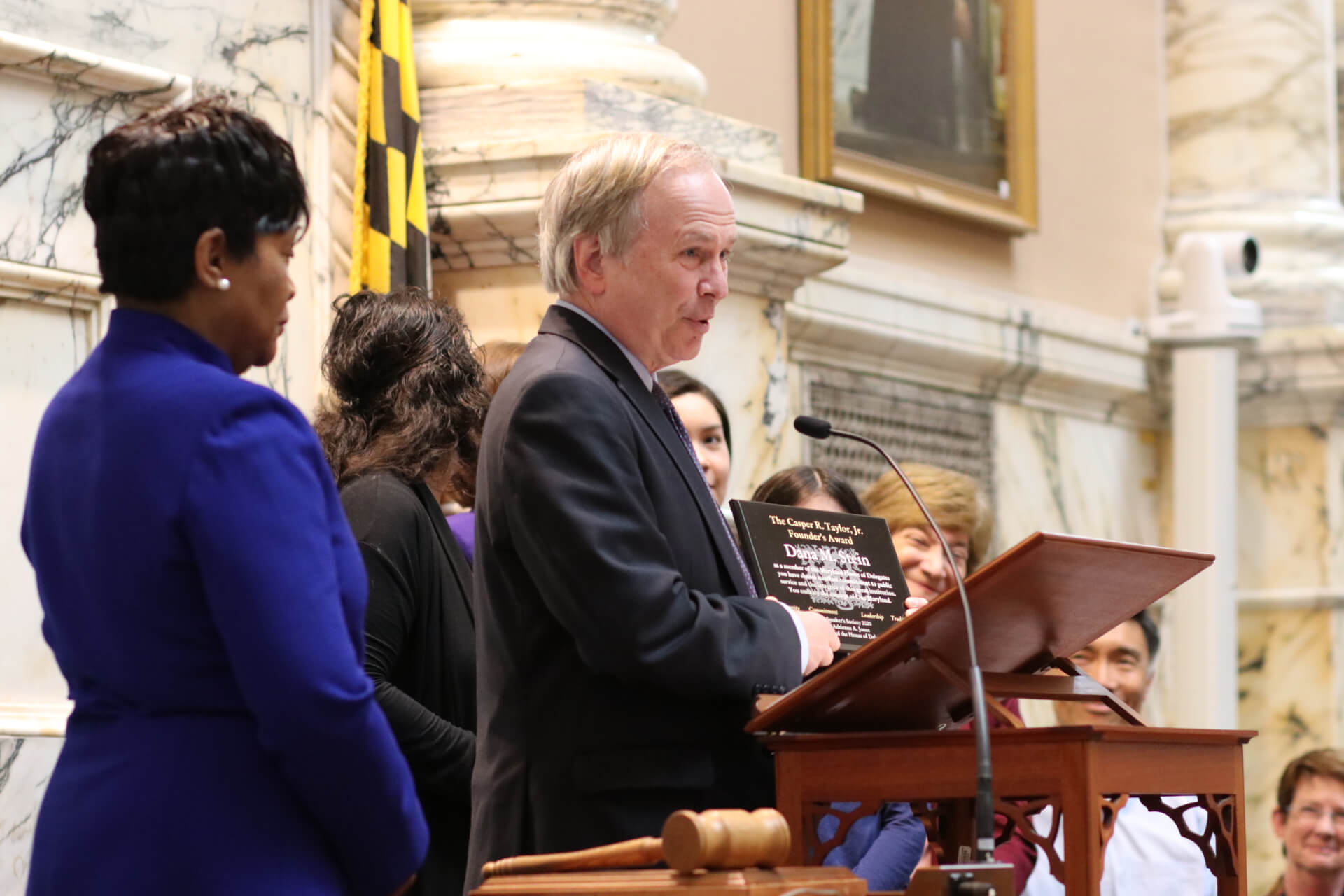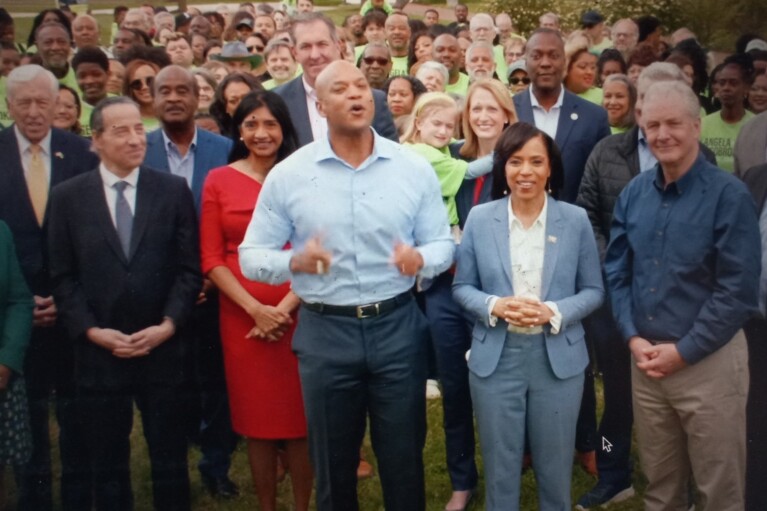Administration’s climate plan coming soon — but not soon enough for House hearing

The Maryland Department of the Environment has a plan — a plan to achieve the state’s ambitious climate and clean energy goals. But the plan isn’t quite ready for prime time yet — though it should be by year’s end.
Which made the timing of Friday’s virtual hearing by the House Environment and Transportation Committee on how the state plans to implement the groundbreaking Climate Solutions Now Act a little inopportune. Lawmakers’ attempts to drill down on details of the Moore administration’s plans for meeting the provisions in the bill were politely swatted away more than a few times by Maryland Environment Secretary Serena McIlwain and her top lieutenants.
But McIlwain did vow that the state was on track to meet the goals laid out in the 2022 climate legislation.
“I tell you we will achieve the 60% greenhouse gas reductions by 2031 and we will achieve net zero emissions by 2045,” she said.
On July 1, McIlwain’s agency released a preliminary report, “Maryland’s Climate Pathway,” an analysis of steps policymakers can take to meet the carbon emissions goals and the mandate to convert the state to 100% clean energy by 2035. A final report with concrete recommendations that would presumably lead to legislation and funding initiatives in the 2024 General Assembly session is due by Dec. 31.
McIlwain said Friday that the document will be ready “in just two weeks.” The legislative session starts on Jan. 10.
But increasingly, environmentalists and some state policymakers are privately expressing concern that with the state’s revenue picture looking increasingly dire, there won’t be adequate funding for some of the bold initiatives needed to kick-start the clean energy transition in Maryland — and that state leaders will not have the political will to push them immediately, with so many competing budget priorities.
When Del. Dana Stein (D-Baltimore County), the chief House sponsor of the Climate Solutions Now Act, asked if the Department of the Environment climate proposal would include “new provisions needed to get us to 60%” greenhouse gas reductions, along with recommendations for paying for them, agency officials did not answer directly.
McIlwain did say that the climate plan would contain “several new programs that will bring a lot of momentum to our economy.” And, she added, “Definitely there are some recommendations that everyone can consider on how we should fund this transition.”
The preliminary climate pathway plan envisioned dramatic emissions reductions in several sectors, including power generation, the building industry, transportation, agriculture and waste management. Asked by Del. Sheila Ruth (D-Baltimore County) how the Moore administration’s recently proposed $3.3 billion in cuts for transportation spending could impact the climate goals, Department of Environment officials said they were trying to sort it out themselves.
“This all just happened,” McIlwain said.
But Chris Hoagland, the agency’s air and radiation director, noted that the department’s officials conferred regularly with their counterparts at the Department of Transportation and “worked closely with many other agencies to develop the plan.”
Several lawmakers asked about the progress of installing electric vehicle chargers around the state, and officials said the state was making great progress. McIlwain, who was undersecretary at the California Department of Environmental Protection before joining Gov. Wes Moore’s administration, said Maryland’s progress on EV chargers was keeping pace with California’s. The state currently has about one public charger for every 18 EVs; the optimal ratio, she said, is one for every 15.
“People should go out and buy EVs because we have enough chargers today,” McIlwain said.
Del. Todd B. Morgan (R-St. Mary’s) asked whether nuclear energy was figuring into the state’s clean energy calculations. Hoagland said the state is studying how nuclear fits into the clean energy mix, but McIlwain conceded that the short-term goal is getting “renewable energy to scale.”
Testifying alongside other advocates after the administration officials spoke, Josh Tulkin, director of the Maryland chapter of the Sierra Club said part of the problem with the state’s aggressive climate goals is that some of them aren’t enshrined in state law. He noted that reaching 100% clean electricity by 2035 was a goal that was never part of legislation or an executive order. For example, Tulkin said, officials envision the state getting 14.5% of its energy from solar, but the state is falling behind that goal by about 50% on an annual basis, in part because there is no mandate.
“I have seen many different ways these climate policies have been presented, have been implemented, have at times not been implemented,” he said.
But Tulkin made clear that he believes Department of the Environment officials are doing a good job advancing the climate agenda given the agency’s limited resources. He and other climate advocates are calling for a staffing increase at the agency.
Environmentalists were also heartened by two bureaucratic developments Friday. The Department of the Environment issued proposed new Building Energy Performance Standards, to move toward electrification on large construction projects, with a hearing scheduled for Jan. 18. And the Maryland Commission on Climate Change issued its annual report Friday, an expansive look at short-, medium- and long-term goals that appear far more comprehensive under the Moore administration than they were when former Gov. Larry Hogan (R) was in office.




 Creative Commons Attribution
Creative Commons Attribution